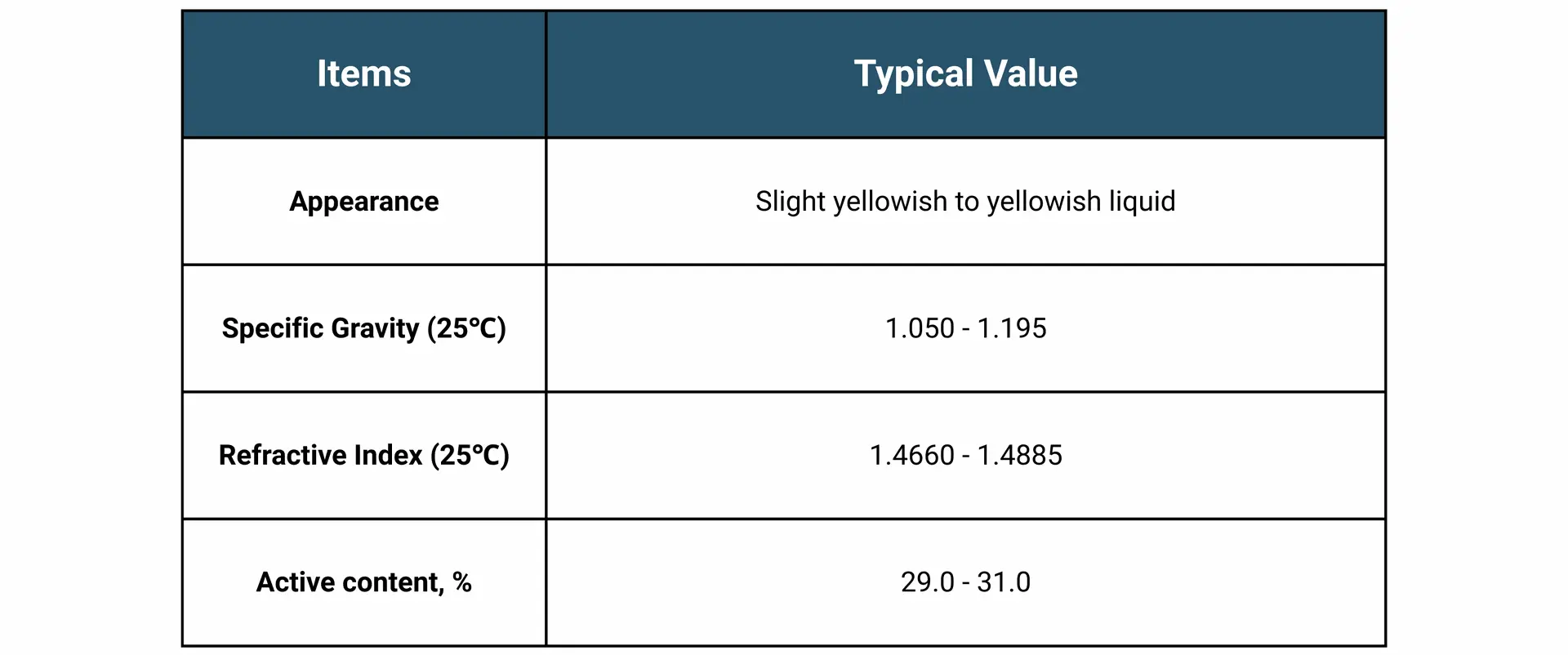Preservatives and Antimicrobial Agents in Consumer Products
Preservatives and antimicrobial agents such as triclosan have long been used in the formulation of bar soaps and other cleaning products. However, concerns remain that triclosan is not fully proven in terms of safety and may pose health risks. Learn more about the side effects of triclosan and the safe preservatives and effective triclosan alternatives available today for controlling bacteria and fungi in household cleaning products.
What is Triclosan?
Triclosan is a broad spectrum antimicrobial compound widely used as an antiseptic, disinfectant, and preservative in a range of antimicrobial products. It has been applied across consumer goods including hygiene items, cosmetics, plastic toys, furniture coatings, and paints. As a biocidal substance, triclosan targets cell cytoplasm and membranes. At low concentrations, it can act as an antimicrobial agent that inhibits the growth of certain bacteria and fungi.
However, studies have revealed potential side effects of triclosan, leading to increasing demand for a reliable triclosan substitute in formulations.
Health Risks of Triclosan
The health risks of triclosan were first highlighted in 1988, with animal studies showing effects on endocrine function, thyroid hormones, and antibiotic resistance. In rats, triclosan exposure was linked to decreased testosterone levels, altered follicle-stimulating hormone, luteinizing hormone, and reduced sperm production.
Other observed side effects include contact dermatitis, potential carcinogenicity in humans, and environmental hazards. In December 2017, the U.S. Food and Drug Administration (FDA) restricted triclosan and 23 other active ingredients in over-the-counter antiseptic products, citing insufficient safety and efficacy data.
Surfshield DC30: A Safe and Effective Triclosan Alternative
Surfshield DC30 is a broad spectrum antimicrobial designed to serve as a safe and effective alternative to triclosan. Unlike triclosan, it provides reliable antimicrobial benefits without toxic health risks. Effective against both gram-positive and gram-negative bacteria, Surfshield DC30 is compatible with cationic, anionic, non-ionic, and amphoteric ingredients, making it highly versatile in different formulations.
This makes Surfshield DC30 a powerful triclosan substitute for household and personal care antimicrobial products such as detergents, fabric softeners, multi-purpose cleaners, hand soaps, and kitchen surface cleaners.

Table 1. Surfshield DC30 Characteristics
Antimicrobial Applications of Surfshield DC30
Surfshield DC30 is typically used at concentrations of 0.2–0.6% in various home care formulations, such as:
- Laundry Detergents
- Dishwashing Liquids
- Multi-Purpose Cleaners
- Vehicle Cleaning Products
- Other Household Cleaning Solutions
Due to its low water solubility, the ingredient should be solubilized in surfactants and, if necessary, incorporated with mild heating.
👉 Contact us today to learn more about antimicrobial applications of Surfshield DC30 in your products and request a sample.